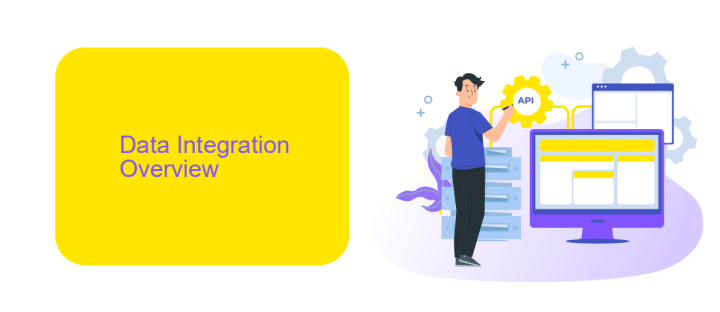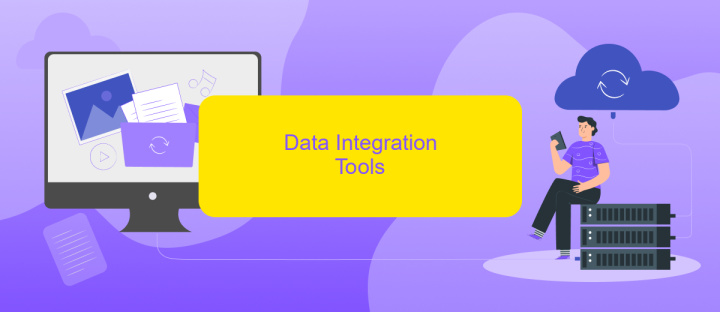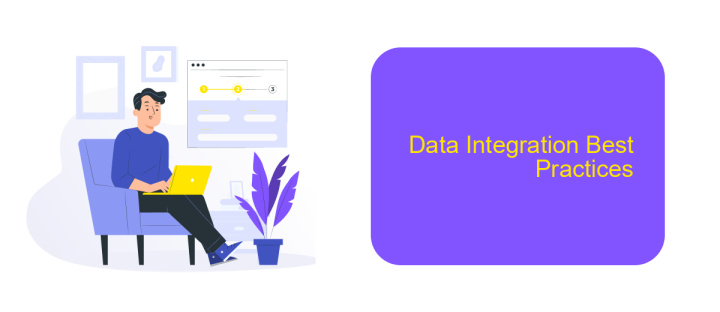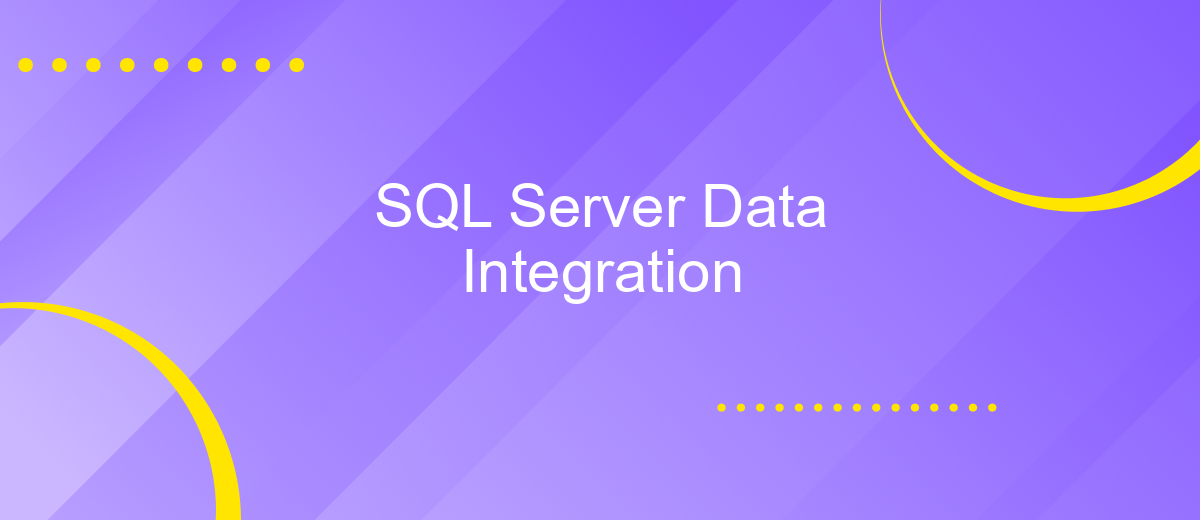SQL Server Data Integration
SQL Server Data Integration is a critical process for businesses aiming to consolidate and manage data from various sources efficiently. By leveraging tools like SQL Server Integration Services (SSIS), organizations can streamline data workflows, ensure data accuracy, and enhance decision-making capabilities. This article explores the fundamental concepts, benefits, and best practices for effective data integration using SQL Server.
Introduction
SQL Server Data Integration is an essential process for organizations aiming to consolidate data from various sources into a unified database system. This practice not only enhances data accessibility but also ensures consistency and accuracy across different departments.
- Streamlined data management
- Improved data quality
- Enhanced decision-making capabilities
- Increased operational efficiency
One of the tools that facilitate seamless SQL Server data integration is ApiX-Drive. This service allows users to automate data transfers between SQL Server and other business applications effortlessly. By leveraging ApiX-Drive, organizations can reduce manual intervention, minimize errors, and maintain up-to-date data across all platforms, thereby optimizing their data integration processes.
Data Integration Overview

Data integration is a critical aspect of managing and utilizing information within an organization. It involves combining data from different sources to provide a unified view, which is essential for informed decision-making and efficient operations. SQL Server provides robust tools for data integration, including SQL Server Integration Services (SSIS), which enables the extraction, transformation, and loading (ETL) of data. These tools support a wide range of data sources and formats, making it easier to consolidate and analyze data from various systems.
In addition to native SQL Server tools, third-party services like ApiX-Drive can further streamline the data integration process. ApiX-Drive offers an intuitive interface for setting up integrations between various applications and databases without requiring extensive coding knowledge. This service can automate data transfers, synchronize information across platforms, and ensure data consistency. By leveraging both SQL Server and ApiX-Drive, organizations can enhance their data integration capabilities, resulting in more reliable data insights and improved operational efficiency.
Data Integration Tools

Data integration is a crucial aspect of managing SQL Server databases, allowing for seamless data flow between disparate systems. Effective integration ensures that data is consistent, accurate, and readily available for analysis and reporting. Various tools and services facilitate this process, each offering unique features to address specific integration needs.
- SSIS (SQL Server Integration Services): A powerful tool for data extraction, transformation, and loading (ETL) within the SQL Server environment.
- ApiX-Drive: An online service that simplifies the integration of various applications and services without requiring programming skills. It supports automated data transfers and synchronization between different platforms.
- Azure Data Factory: A cloud-based data integration service that allows for the creation, scheduling, and orchestration of data workflows across various data sources.
- Talend: An open-source data integration platform that provides tools for data integration, data quality, and big data processing.
Choosing the right data integration tool depends on the specific requirements of your organization, such as the complexity of data workflows, the need for real-time data synchronization, and budget constraints. Tools like ApiX-Drive can be particularly beneficial for businesses looking for a user-friendly and cost-effective solution to automate data integration tasks without extensive technical expertise.
Data Integration Best Practices

Effective data integration is crucial for ensuring that information flows seamlessly across different systems within an organization. To achieve this, it is essential to follow best practices that enhance data accuracy, consistency, and accessibility.
One key aspect is to establish a robust data integration architecture. This involves selecting the right tools and platforms that can handle the volume, variety, and velocity of your data. For example, using a service like ApiX-Drive can simplify the process of connecting various applications and automating data transfers.
- Ensure data quality by implementing validation and cleansing processes.
- Maintain data security by using encryption and access controls.
- Regularly monitor and audit data integration workflows.
- Document integration processes and maintain clear communication among teams.
By adhering to these best practices, organizations can optimize their data integration efforts, resulting in better decision-making and operational efficiency. Leveraging tools like ApiX-Drive can further streamline the integration process, making it easier to manage and synchronize data across multiple platforms.


Conclusion
In conclusion, SQL Server Data Integration plays a critical role in modern data management, enabling seamless data flow between disparate systems. The integration processes enhance data accuracy, consistency, and accessibility, which are essential for informed decision-making and operational efficiency. Leveraging tools and services like ApiX-Drive can significantly streamline these integration tasks, providing a user-friendly interface and robust functionality to automate data transfers and transformations.
By utilizing such advanced integration solutions, organizations can minimize manual intervention, reduce errors, and ensure real-time data synchronization across various platforms. This not only saves valuable time and resources but also empowers businesses to stay agile and responsive in a rapidly evolving digital landscape. Ultimately, effective data integration is the cornerstone of a cohesive data strategy, driving innovation and competitive advantage.
FAQ
What is SQL Server Data Integration?
What are some common methods for integrating data into SQL Server?
How can I automate data integration processes in SQL Server?
What are the benefits of using SQL Server Integration Services (SSIS)?
How do I handle data consistency and quality during integration?
Strive to take your business to the next level, achieve your goals faster and more efficiently? Apix-Drive is your reliable assistant for these tasks. An online service and application connector will help you automate key business processes and get rid of the routine. You and your employees will free up time for important core tasks. Try Apix-Drive features for free to see the effectiveness of the online connector for yourself.

